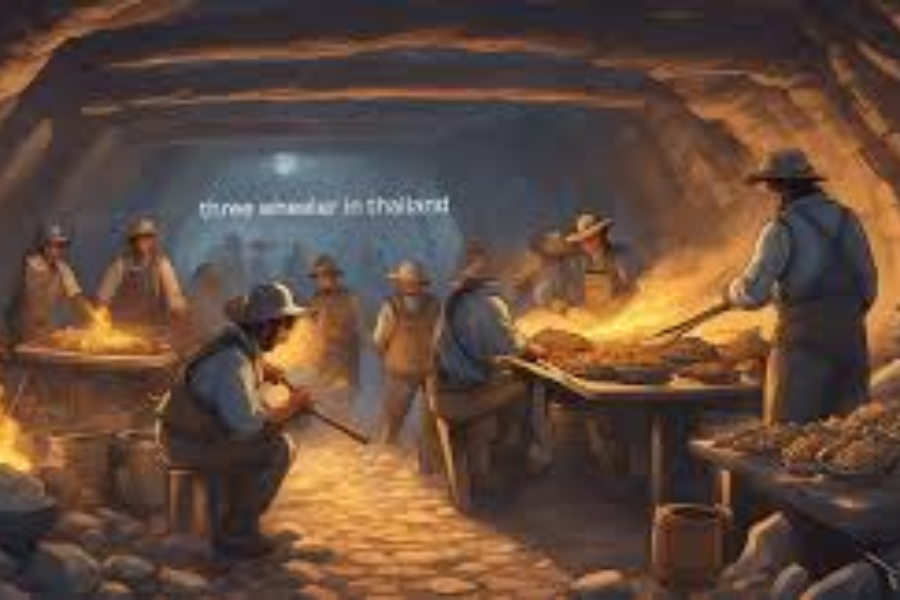The Legacy of Old Mexican Mining Ovens: A Historical and Cultural Exploration
The article provides a detailed exploration of the historical and cultural significance of old Mexican mining ovens, known as “hornos de cal.” These ovens were essential in Mexico’s mining industry, particularly during the colonial and early post-colonial periods. Here’s a summary of the key points:
Historical Background
- Early Mining: Mining in Mexico dates back to pre-Columbian times with civilizations like the Aztecs and Maya. The Spanish conquest in the 16th century brought advanced mining techniques and significant silver deposits, transforming Mexico into a major silver producer.
- Introduction of Mining Ovens: To process ore efficiently, “hornos de cal” were developed to produce quicklime, crucial for the smelting process.
Architectural Features
- Construction: Made from local materials like stone or adobe, these ovens were designed to withstand high temperatures. Typical features included a chimney for gas expulsion, a kiln chamber for heating limestone, and a firebox for burning fuel.
- Regional Variations: The design varied based on local resources and needs, with some ovens built into natural formations for better insulation.
Role and Impact
- Lime Production: The ovens’ primary function was to produce quicklime used in smelting and other industrial processes.
- Economic Impact: The production of quicklime was vital for the economic prosperity of colonial Mexico, supporting not just mining but also construction and agriculture.
- Labor and Community: Operating these ovens was labor-intensive and often involved local indigenous people. The presence of these ovens contributed to the growth of mining communities.
Cultural and Historical Significance
- Legacy: These ovens symbolize Mexico’s mining heritage and have been preserved as cultural and historical landmarks.
- Preservation and Tourism: Many are now part of heritage sites and museums, helping to educate the public about Mexico’s mining history.
- Modern Relevance: Studying these ovens offers insights into traditional lime production methods and historical mining technologies.
Challenges and Future Directions
- Conservation: Threats like natural erosion and vandalism pose challenges. Efforts are needed to protect these structures.
- Promoting Awareness: Educational programs and tourism can help highlight the importance of preserving these historical sites.
- Research: Continued research and documentation can deepen the understanding of the ovens’ historical and technological context.
In conclusion, the old Mexican mining ovens are a significant part of Mexico’s industrial and cultural history, representing the technological and economic developments of the past. Preserving these structures and educating the public about their importance ensures that their legacy continues to be appreciated and understood.






